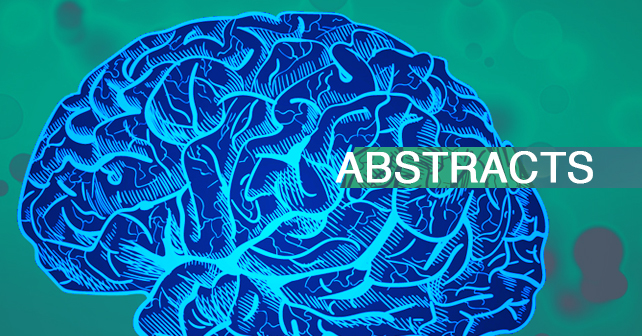Therapy effects of head orthoses in positional plagiocephaly
Benedicta E. Beck-Broichsitter, MD, DMD1
Summary
Purpose
Head orthoses offer a valuable therapeutic option for infants with positional plagiocephaly. The aim of this retrospective study was to evaluate the influence of therapy start and duration due to improvement of cranial asymmetry.
Material and Methods
A total of 102 children during the years 2009-2014 were included. The patient cohort was divided according to age at the beginning of therapy (younger/older than 7.5 months) and duration (less/more than 150 days). To evaluate the therapy, ear shift (ES), Cranial Vault Asymmetry Index (CVAI), and Cranial Index (CI) were calculated pre- and post-therapy by using three-dimensional photogrammetry measurements.
Results
Treatment with head orthoses led to a significant reduction of CVAI in groups with less and more than 150 days of therapy (p<0.0001). A significant reduction in CVAI was observed (p=0.0235) in children younger than 7.5 months in short-term therapy. At the end of therapy, no significant difference was found in the groups, whether treated with short- or long-term head orthoses (p=0.0813), although CVAI was significantly different comparing the third time point of both groups for treatment duration (p=0.017). The major positive effect of helmet therapy has been seen after 75 days of treatment. A treatment that was longer than 150 days did not show any significant improvement concerning the cranial asymmetry.
Conclusions
Helmet therapy is a reliable method in the treatment of positional plagiocephaly to improve cephalic asymmetries. This retrospective study indicates that an early beginning can lead to satisfying results after short-term therapy.


 1,
1,